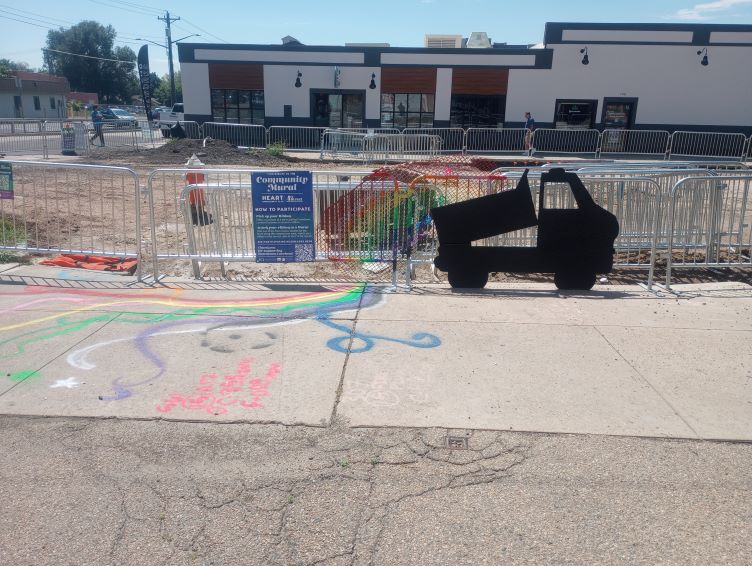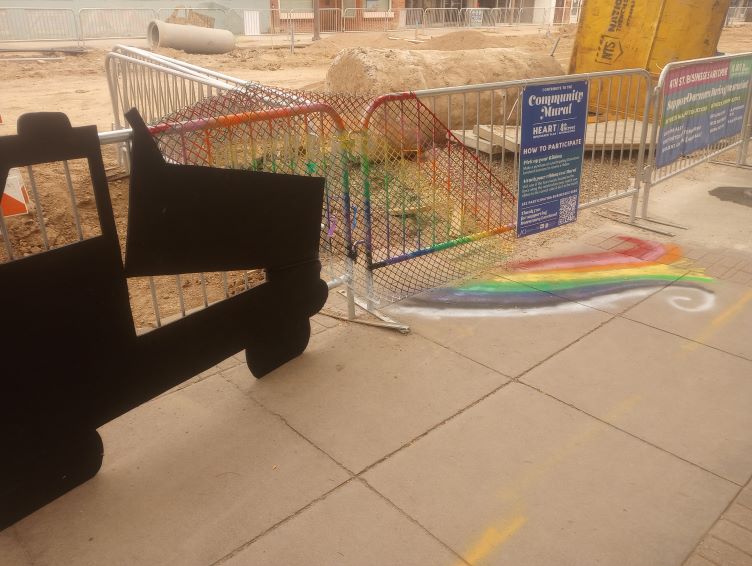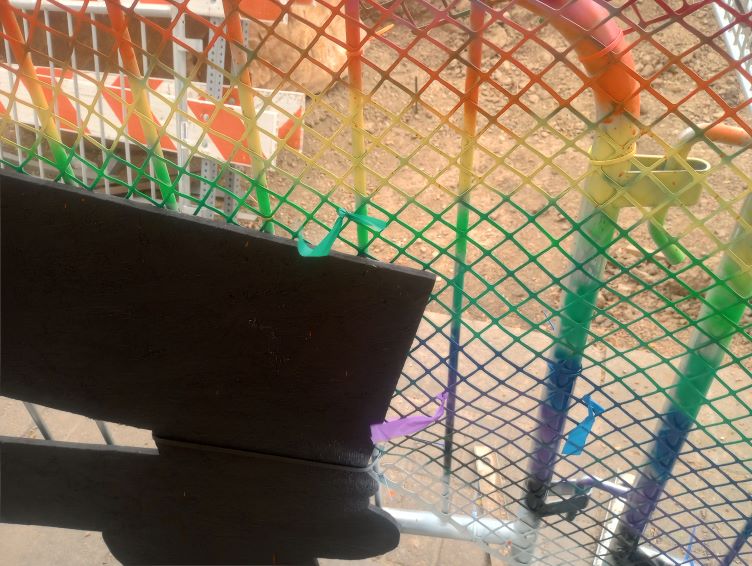When I saw that Colleen Dilenschneider and the folks at IMPACTS Experience had posted data about whether Democrats and Republicans feel differently about cultural organizations (subscription required) I wasn’t sure if I wanted to read the results.
The answer, however is, not really.
They compared The National Awareness, Attitudes, and Usage Study data from the 2nd quarter of 2022 to the second quarter of 2025 for both exhibit based and performance based cultural organizations comprising 11 different categories. The responses of those who answered that they agreed or strongly agreed with statements is presented.
Across pretty much every category there was a slight increase between 2022 and 2025 on questions about whether an organization had a political agenda. However, the percentages started relatively low in 2022 and only increased a few percentage. This is compared to the same sentiments about newspapers, non-governmental organizations and state agencies which all had high perceptions of having agendas.
In terms of cultural organizations being perceived as mission driven, the percentages responding agree or strongly agree were very high and there was little daylight between Republicans and Democrats.
There were similar results on the question of whether an organization “should suggest or recommend certain behaviors or ways for the general public to support its causes and mission.” The percentage of those agreeing was high in 2022 and has only increased in 2025. Again with only a few percentage points difference between party affiliation.
In terms of a question about whether a cultural organization was welcoming to people like themselves, the percentage of those feeling welcomed by an organization was very high. Unlike the previous questions where Democrats were more likely to agree/strongly agree by 2-3% over Republicans, in this case Republicans tended to feel more welcome. It was only 2-3% more for exhibit based organizations but for performance based organizations the difference was 6-7% more.
Based on the way the questions were phrased, it was likely people were responding about their perception of local cultural organizations with which they were familiar rather than organizations by category. So while there may be a general narrative on social media, etc that seems to reflect a significant divide in opinion about cultural organizations, it seems that people have a positive view of organizations local to them.
It should be noted that Dilenschneider & Co. observe that Democrats are more likely to report being high propensity visitors to cultural organizations (36%) compared to those identifying as Republicans (29%) or Independents/Unaffiliated/Other (35%)





Thanks for what you are doing to bring cultural change to the arts. It is so important to represent everyone.…